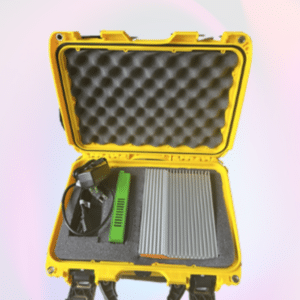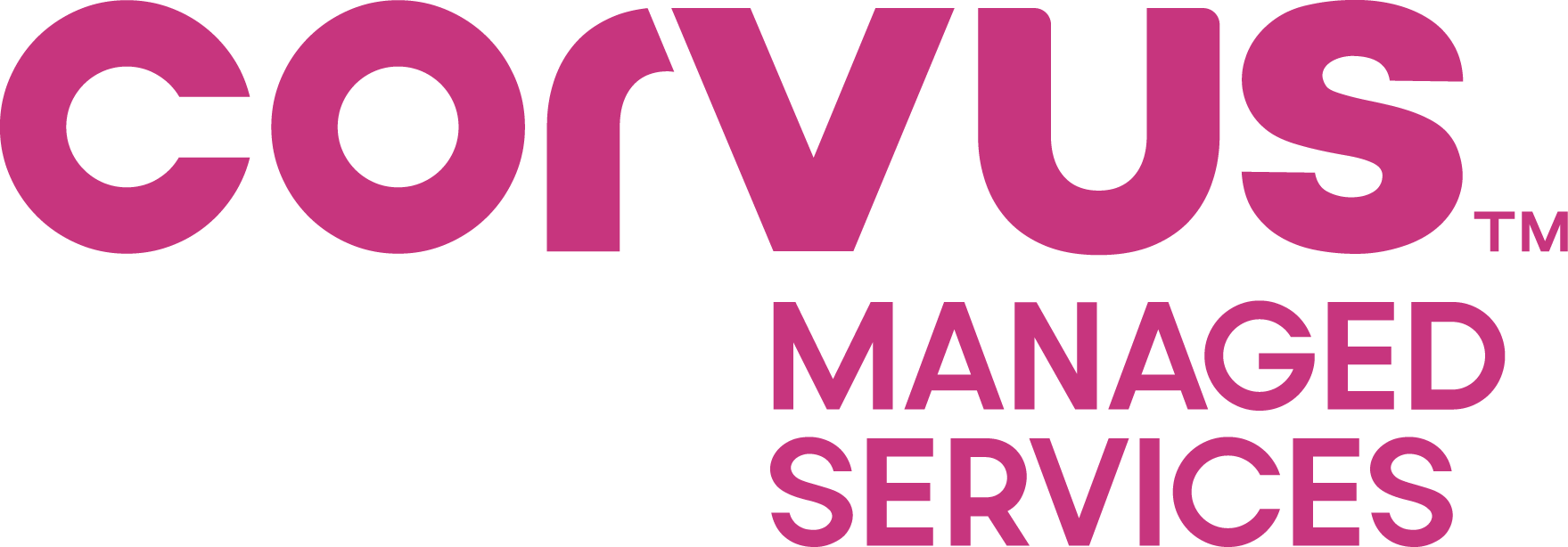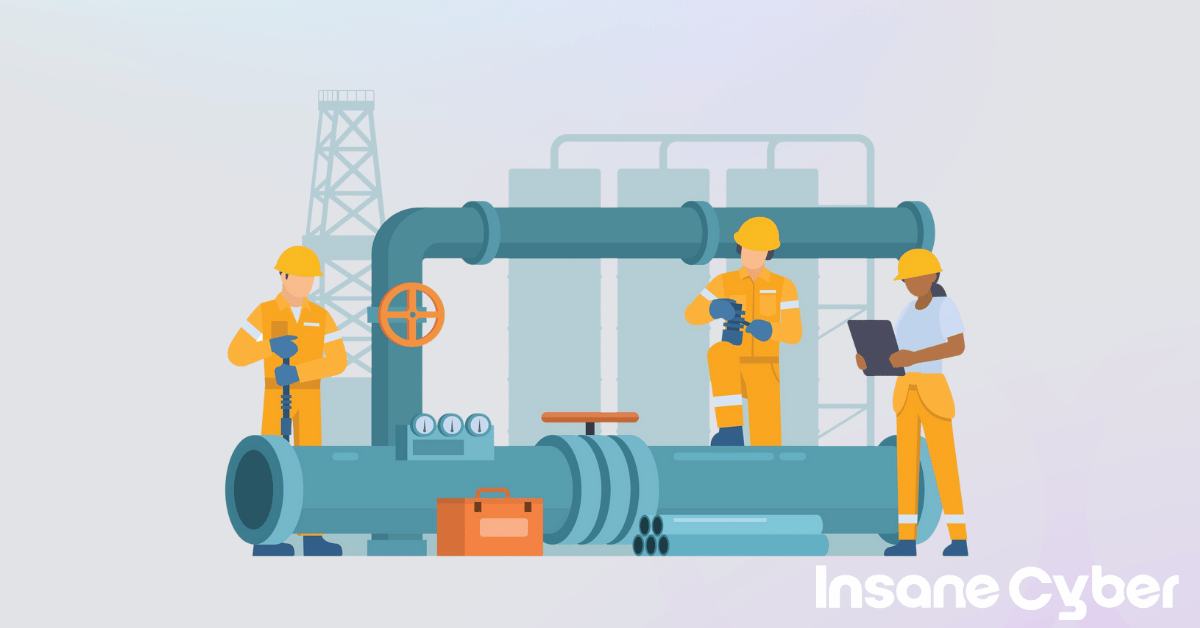Even small oil & gas operators are now prime targets for ransomware attacks.
In traditional IT, ransomware can lock up business data; in operational technology (OT) environments like oilfields or pipelines, an attack can halt production, create safety risks, or disrupt supply chains. Unfortunately, attackers exploit the same weaknesses in OT as in IT – unpatched systems, weak passwords, and unsuspecting employees – but the impact in OT is even greater due to physical operations.
This threat is not just theoretical: ransomware attacks on oil and gas companies surged by 935% between April 2024 and April 2025. Why the spike? As industrial control systems become increasingly digitized and automated (the growing automation in OT), the attack surface expands, giving cybercriminals more opportunities to infiltrate.
In this blog post, we’ll outline the growing ransomware risk to small OT environments and share practical cybersecurity strategies in plain language. We’ll also highlight new tools – Insane Cyber’s Valkyrie and Cygnet – that bring proactive OT threat detection & incident response within reach for even the smallest operators.
The Growing Ransomware Threat in OT Environments
Attacks like the Colonial Pipeline incident showed that OT systems are a juicy target, but it’s not just big pipelines at risk. Even small oil & gas operators, local utilities, and manufacturing shops are now prime targets for ransomware. Cybercriminal groups recognize that many smaller operators have limited security staff and outdated systems, making them easier prey. And while large corporations might survive a few days of downtime, a small operator could be crippled if production halts unexpectedly.
Several factors drive this growing risk. One is the increased automation in OT – from remote monitoring of wells to IoT sensors on pipelines – which expands digital connectivity and potential entry points for attackers. Another factor is attacker tactics: sophisticated threat groups increasingly use “living off the land” techniques, meaning they hide by using legitimate built-in system tools instead of obvious malware.
This makes them hard to detect with traditional security tools that only watch network traffic. In fact, U.S. government reports emphasize that host-level data (logs, processes on your machines) is key to spotting these stealthy threats, which are extremely difficult to find using network data alone. In other words, if you’re only monitoring your OT network and not what’s happening on the actual computers and controllers, you may be blind to an attacker quietly operating inside your systems.

Five Practical Cybersecurity Defenses for Small Operators
The good news is there are practical, affordable steps that even resource-constrained operators can take to improve OT security. Here are five fundamental defenses to start with, explained in plain English:
Asset Visibility: Keep an up-to-date list of all your critical equipment – PLCs, HMIs, laptops, IIoT devices – and where they are. You can use something as simple as a spreadsheet or a basic network scanning tool (even a free trial of a tool like Valkyrie) to identify what’s on your network and in the field. If you don’t know what assets you have, you can’t protect them.
Network Segmentation: Separate your IT network from your OT network, and isolate things like guest Wi-Fi away from control systems. Even a single firewall can be configured with multiple zones (for example, one for office computers, one for industrial control devices, one for guests). This way, if an office PC gets infected, the malware can’t easily jump to break a pump or sensor in the field.
System Integrity: Keep systems updated and secure. Patch your engineering workstations and laptops regularly (at least monthly), use strong passwords, and enable multi-factor authentication (MFA) for remote access and important accounts. These basics go a long way: many attacks succeed simply because a critical Windows update was never installed or a default password was never changed.
The Human Layer: OT cybersecurity isn’t just about technology – your people are a crucial line of defense. Provide phishing and social engineering awareness training as part of regular safety meetings. Encourage a “no-blame” culture where operators and staff can report clicking a suspicious email or finding a USB stick without fear of punishment. Human error is inevitable, so make it easy for employees to speak up and get help before an incident escalates.
Adopt a Zero Trust Mindset: Don’t blindly trust anyone, even long-time vendors. Limit third-party access so that vendors and contractors only connect to the specific PLC or SCADA system they need, never your entire network via a broad VPN. Require unique accounts for each vendor and turn off their access when not in use. The idea is to “never trust, always verify” – every user and device must continually prove they should have access to critical systems.
By focusing on these five areas – knowing your assets, isolating networks, hardening systems, training people, and limiting trust – you’ll significantly raise the bar against ransomware and other threats. These are cost-effective measures that don’t require a big security team, just consistency and commitment.

Insane Cyber’s Valkyrie: Proactive, Host-Level OT Threat Detection
While the measures above fortify your defenses, it’s also important to have eyes on your systems to catch any threats that do slip through. This is where Insane Cyber’s Valkyrie platform comes in. Valkyrie is an automated OT security solution that monitors both your network and your host systems.
Unlike many traditional OT security tools that focus only on network traffic (a well-known competitor emphasizes inspecting network packets and protocol activity), Valkyrie correlates what’s happening on your devices (hosts) with what’s happening on the network to spot subtle signs of intrusion that purely network-based tools might miss.
In practice, this means Valkyrie will analyze data like Windows event logs, running processes, and file changes on your operator workstations and controllers, alongside monitoring network traffic between devices. If a stealthy attacker is using built-in Windows tools to scrape passwords or moving laterally in your control network, Valkyrie’s host-level visibility can catch those telltale traces that wouldn’t be obvious from network data alone.
Essentially, Valkyrie acts as a 24/7 watchdog that applies automation in OT security – automatically crunching through logs and network flows in real time – to alert you of anomalies or known threat indicators. This proactive approach means you can detect and respond to ransomware before it shuts down your plant, rather than discovering it only after the hackers have hit the kill switch.
Another benefit is that Valkyrie is built for ease of use. You don’t need to be a cybersecurity expert to get value from it. It comes with dashboards and alerts tailored for operational folks. For example, if malware is detected on a PLC engineer’s laptop, Valkyrie can flag it and even suggest response actions.
The goal is to empower small teams to achieve proactive OT threat detection & incident response without needing a large dedicated Security Operations Center.
As Insane Cyber describes it, Valkyrie provides “full-spectrum visibility” by automatically analyzing host and network data across your OT environment. In short, it’s a powerful ally to have in your corner as a small operator facing big threats.
Cygnet Flyaway Kit: Bringing Valkyrie to Remote & Offline Sites
One challenge for oil & gas operators is that many assets are in remote locations or hard-to-reach sites – think of a well pad in the middle of nowhere or a small compressor station with no on-site IT staff. Connectivity can be spotty or non-existent at these sites, which makes cloud-based monitoring difficult. Enter Insane Cyber’s Cygnet, essentially Valkyrie in hardware form.
The Cygnet “flyaway kit” is a portable appliance (weighing only ~3 pounds) that you can easily deploy on-site. It’s built to withstand field conditions and run even in air-gapped environments – meaning it doesn’t require an internet connection to do its job.
Cygnet collects and analyzes data locally at the site, using the Valkyrie software inside it to detect threats on the ground. This makes it ideal for distributed oilfield operations.

You can drop a Cygnet unit at a remote well, a pipeline booster station, or an offshore platform, and it will monitor the host logs and network traffic there in real time. If something suspicious happens – say a field laptop tries to execute ransomware – Cygnet will catch it and can either alert your central team when connectivity is available, or even trigger local alarms.
Because it works offline, you get threat detection on remote or isolated sites that normally would be “blind spots.” In fact, the Cygnet’s lightweight design and robust data collection allow operators to monitor, diagnose, and respond to threats at substations, unmanned facilities, or other hard-to-staff locations.
For example, imagine a small oil producer with many unmanned well pads: by using Cygnet kits, they can have on-site cybersecurity sensors at each pad, all feeding into a central Valkyrie dashboard when connectivity permits. This setup means a virus outbreak or ransomware infection on one site can be quickly identified and contained before it spreads to other sites.
Cygnet essentially brings the power of Valkyrie’s proactive OT threat detection out to the edges of your operations. It’s a game-changer for small operators who have a lot of ground to cover and cannot station IT personnel everywhere. Now, even air-gapped or offline OT networks can be protected with continuous monitoring.

OT Security Action Plan: Quick Wins and Long-Term Steps
Improving cybersecurity can feel overwhelming, so it helps to break your plan into short-term, medium-term, and long-term actions. Below is a practical OT security checklist and timeline specifically for small businesses and operators:
Short Term (Next 30 Days): Quick Wins
Focus on a few high-impact basics you can do immediately:
Enable MFA on all remote access accounts, especially for any vendors or engineers who VPN into your systems, and on critical accounts like email. This alone stops many attacks cold by requiring that extra verification step.
Inventory your assets – create a simple list of all PLCs, SCADA servers, operator laptops, and important software/applications you use. You can’t secure what you don’t know you have. Even a basic spreadsheet is fine to start (include device type, location, and responsible person).
Isolate guest Wi-Fi from OT networks. If you provide wireless internet for visitors or the front office, make sure it’s on a separate network that cannot talk to any production-critical systems. This might be as easy as changing a setting on your router or firewall.
Medium Term (3–6 Months): Strengthen Your Defenses
Over the next few months, implement deeper security controls and policies:
Configure network segmentation on your firewall to formally separate IT and OT zones. Work with an IT consultant if needed to set up rules that only allow necessary traffic between the business network and control network.
Establish regular backups for your OT systems. For example, back up PLC and SCADA configuration files to offline storage (like an external drive or a cloud account not continuously connected). Also back up important PC data. And critically, test those backups – make sure you can actually restore a PLC program or recover an HMI configuration from the backup.
Introduce cybersecurity into safety meetings. Start doing brief phishing awareness talks or USB safety tips during routine meetings. Keeping it regular and low-key will build awareness without overwhelming people.
Create a simple Incident Response Plan (IRP). This could be a one-page document that lists key contacts (IT support, equipment vendors, cyber insurers, etc.) and step-by-step actions to take if you suspect a cyber incident. Print it out and keep copies handy – in a crisis you want a hardcopy since digital files might not be accessible.
Long Term (Ongoing): Continuous Improvement
Security is not a one-and-done project but a continuous process. In the long run, aim to:
Adopt a Zero Trust approach for all remote access. Regularly review who has access to what, and remove any unnecessary privileges. Require periodic re-approval for vendor accounts and use one-time access tokens or similar when possible, so nothing is left open indefinitely.
Conduct annual recovery drills. At least once a year, simulate a ransomware incident: try restoring a critical workstation or controller from scratch using your backups. This practice will reveal gaps (e.g. a backup file was corrupt, or nobody knew the license keys) before a real attack happens.
Consider outsourcing monitoring or incident response support if you don’t have dedicated security staff. For example, a managed detection and response (MDR) service with OT expertise can watch your systems 24/7 and help investigate alerts. This can be cost-effective insurance for small teams.
Keep your plans updated. Whenever you go through a security drill or, if unlucky, an actual incident, update your incident response plan and procedures with what you learned. Cyber threats are evolving, so your playbook should evolve too.
By following this timeline – knocking out some quick wins in the first month, layering on stronger defenses within a few months, and continually refining your security posture – you can drastically improve your resilience against ransomware and other cyber threats.
In summary, small oil & gas operators can defend effectively against ransomware in OT environments by combining smart practices with the right tools. Start with the fundamentals: know your assets, segment networks, patch systems, educate your people, and limit access.
Then leverage modern solutions like Valkyrie and Cygnet to automate threat detection and incident response in your operational network. These technologies bring enterprise-grade security visibility to even the smallest sites, helping catch attackers early – often before any damage is done.
Ransomware may be on the rise, but with a proactive mindset and toolkit, even a small operator can stay one step ahead and keep the oil (and data) flowing safely.
Stay safe, stay vigilant, and keep those pumps running!





